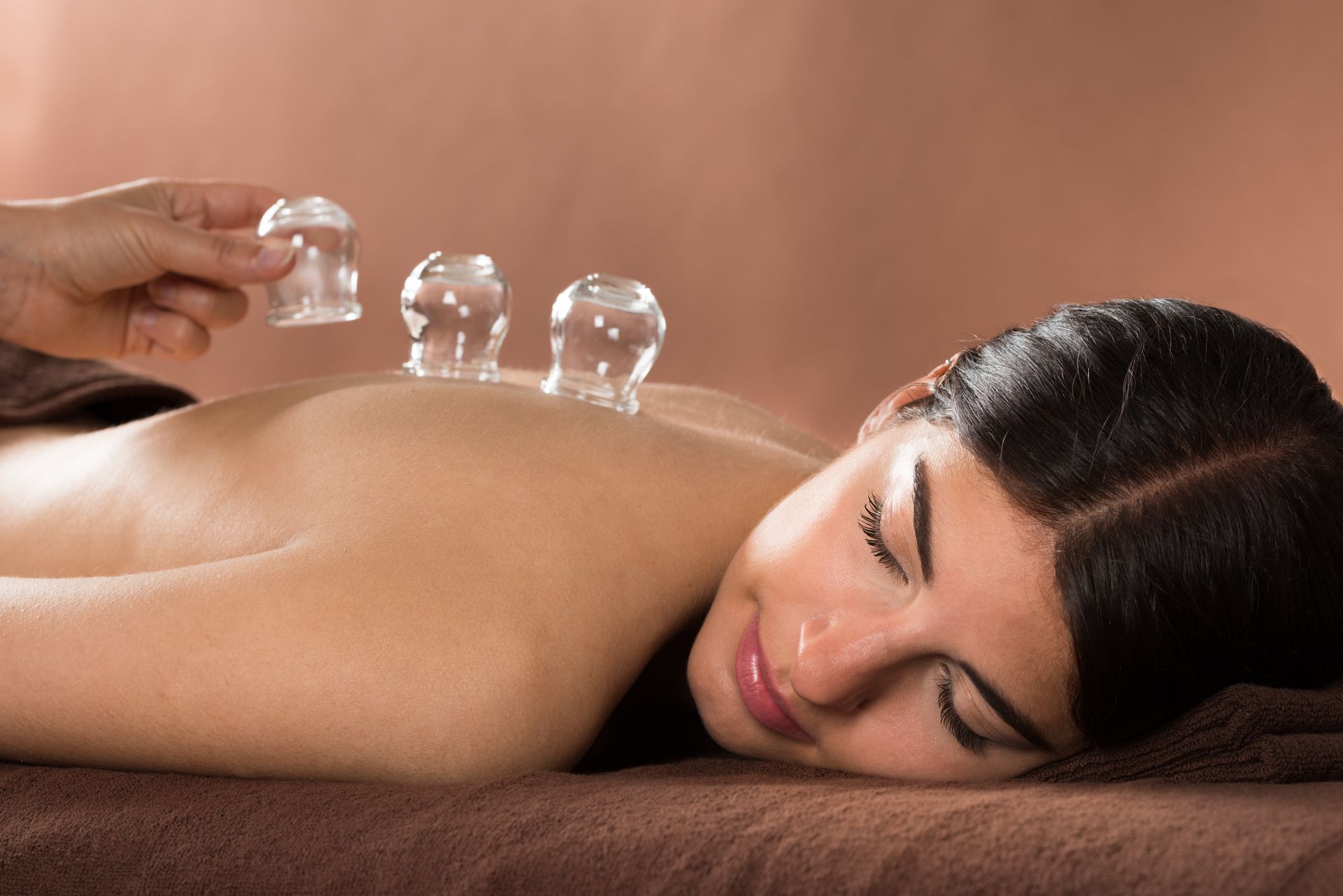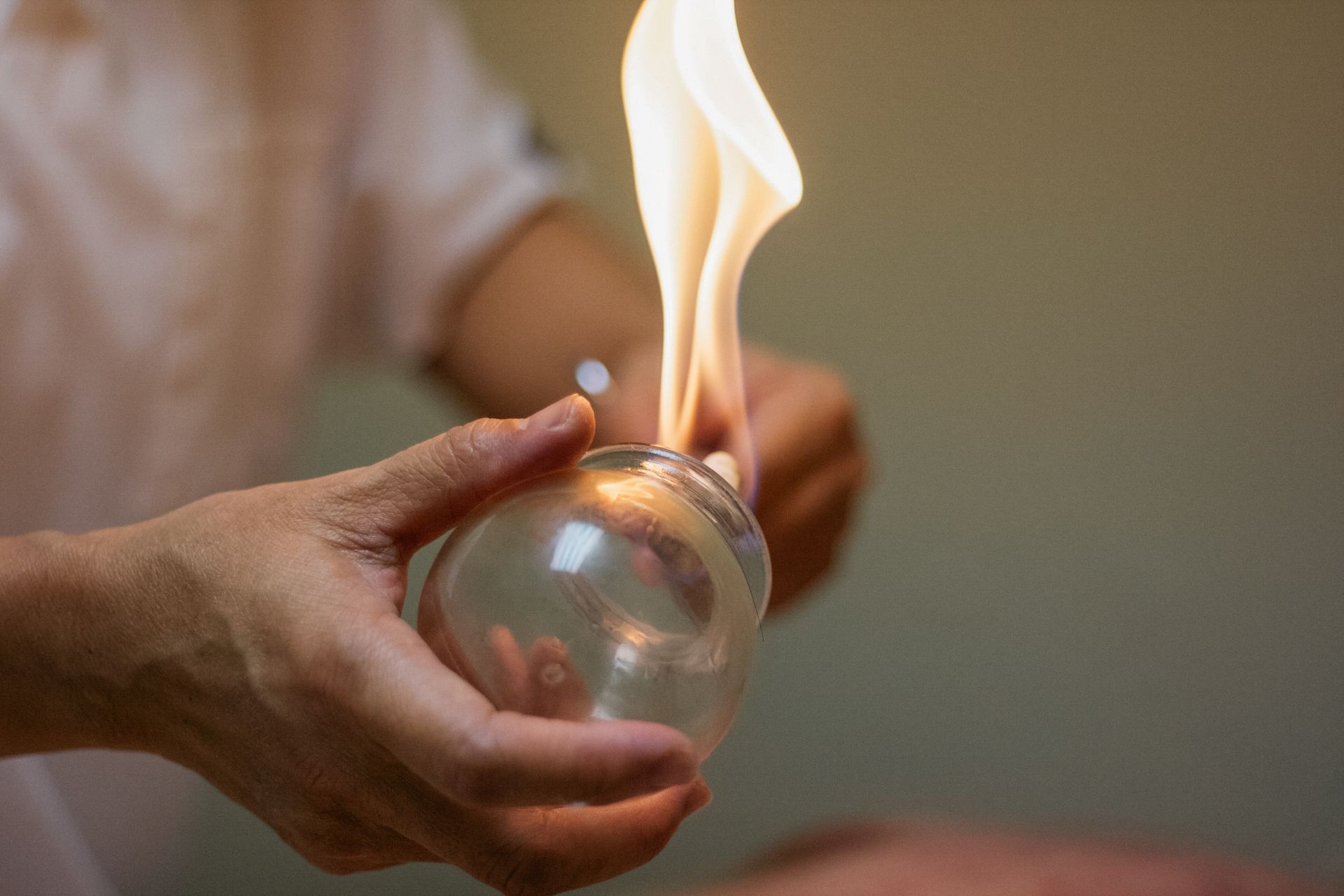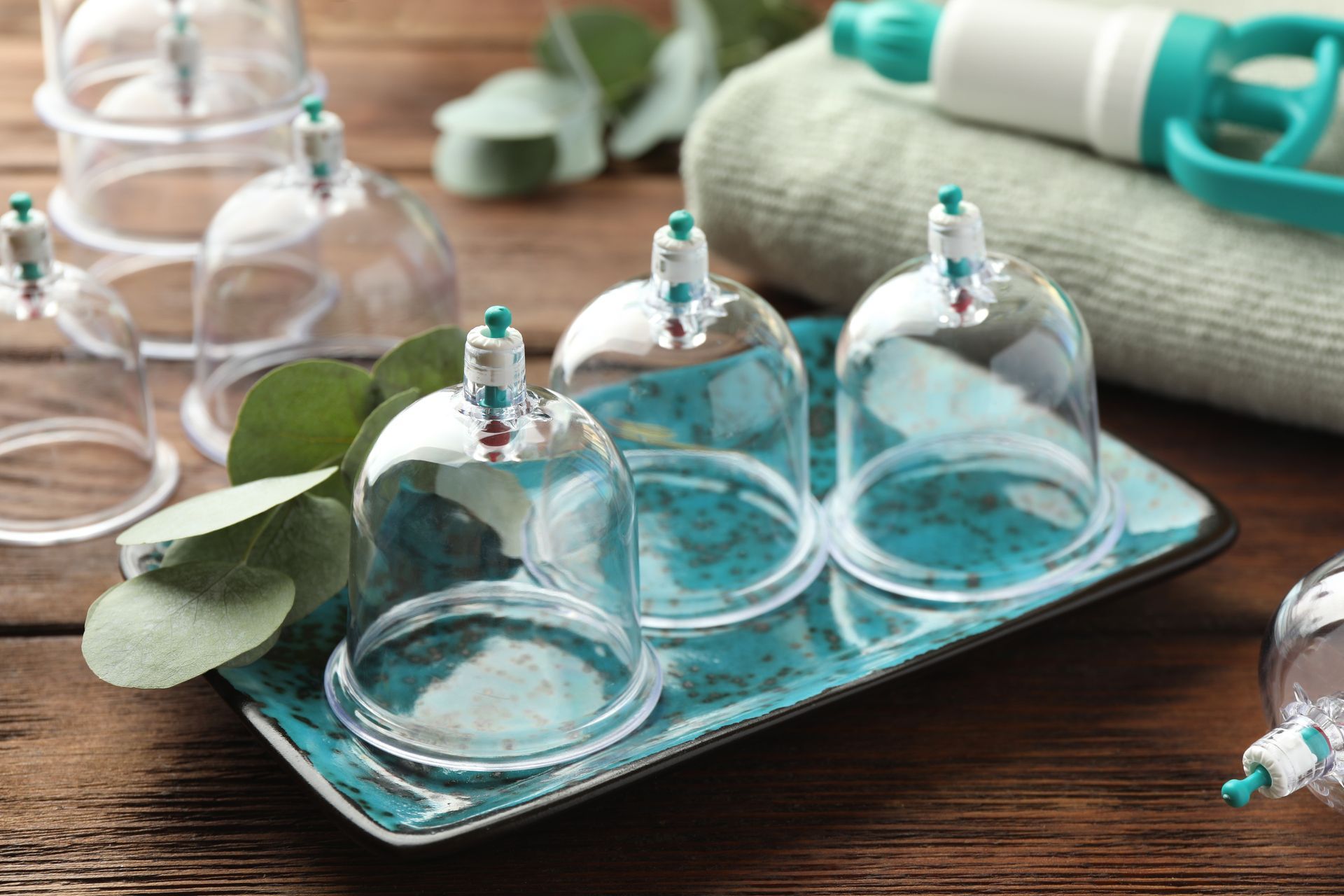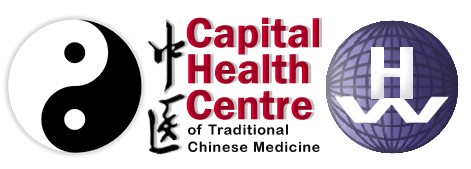Cupping Therapy Explained: Techniques, Benefits, and Integrative Health
Cupping therapy is a form of treatment in Traditional Chinese Medicine (TCM) which is popular within the wider community. This practice has been observed for nearly 1,000 years. However, more recently this therapy has become popular amongst athletes.
Athletes can often find they have overused their body after training or when performing, and muscle tension may be apparent. Cupping can be beneficial for improving upon the
“perceptions of pain and disability [and for an] increased range of motion”. TCM cupping can be used to assist in the recovery process from exercise and injury, and can be used for a variety of applications in many health balancing ways.
As we've explored in previous blog posts, the body consists of multiple layers, from the skin down to the bone, each contributing to a complex, interconnected system. Practitioners of TCM view the body not as isolated parts, but as regions within this holistic network. Understanding these regions is crucial for tailoring therapies like cupping. By identifying the specific areas that require treatment, practitioners can select the appropriate type of cupping and adjust the size of the cups accordingly, ensuring that the therapy effectively addresses the body's needs.

Significance of Cup Size for Effective Treatment
Smaller sized cups are used for different areas such as the neck and face, whilst larger regions of the body require larger cup sizes. Cupping covers certain areas of the body to help the meridians communicate qi for a balancing effect. One cup can cover multiple linings from different meridians and then enhance communications between these meridians. This process can be metaphorically explored through roundabouts as they exist to assist traffic by encouraging a smoother communication or “flow of traffic”, to minimise “crashes” (or blockages of qi).
The Physical Effects of Cupping on the Body
Cupping temporarily produces tightness and suction in the local area. This urges the body to respond through increased circulation, blood flow, and the calming of nerves. This is also a form of ‘temporary conditioning’ as our bodies briefly need to adjust to the new sensations. This conditioning is very soothing, however it is also similar to the conditioning of muscles, nerves, hormones, and gravities which is required in many sports training sessions and martial arts. This process leads to stronger muscles and increased circulation. Although our body has muscular memory, regular cupping is recommended so the local areas become conditioned, allowing for a controlled healing approach. This will ensure the blood, bodily fluid, and soft tissues are working together organically.
This therapy can be appropriate for people of all ages, after an individual assessment has been carried out. The different areas of the body that cupping can be applied to, and the variation in pressure applied, is dependent on individual characteristics of health. Therefore, there is no one specific method or treatment that ‘fits all’. During a health consultation with one of our practitioners, your health needs and conditions will be assessed, and a variation of the treatment that is best appropriate for you, can be found.
Hard vs. Soft Cupping: Finding the Right Pressure
In cupping treatments, the pressure of the cups on the skin has a nourishing effect on the body. ‘Hard cupping’ can be used on clients for different purposes, or to target specific concerns or painful areas. Whereas ‘soft cupping’ can be conducted regularly on clients and the medium level suction provides a gentle, relaxing, and nourishing treatment (this benefit is further explored in the
journal article.

Sliding Cupping: A Variation for Enhanced Qi Flow
Sliding cupping is a variation to this standard treatment, and focuses on cupping along the prime meridians in the body. This works by making sure the qi flows consistently through these ‘channels.’ The suction of the cups slides across these areas to draw out blockages of energy within the meridians, easing tension and potentially reducing anxiety.
Integrating Cupping with Other TCM Therapies
Cupping can be used on many areas of the body, most commonly on the back and chest areas.
Cupping treatment compliments other physical therapies in TCM such as scrubbing treatments, remedial massage, and acupuncture, which provides clients with a holistic approach to their health and wellbeing.
Enhancing Mindfulness Through Cupping Therapy
Although cupping therapy is primarily a physical method of treatment, cupping also has benefits for the practice of mindfulness. The intentional pressure and tightness of the cupping can encourage clients to focus their attention on that specific area of their body, which is useful for gaining awareness of how your body is feeling, whilst also serving as a grounding exercise. This process enhances the bodily connections and communication, which assists clients to work towards achieving harmony, health, and balance.





